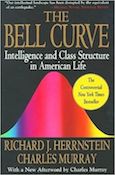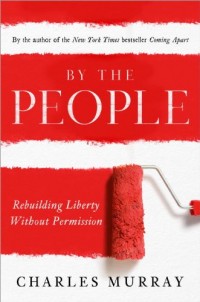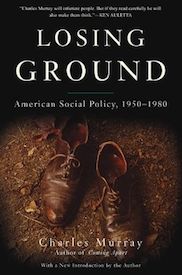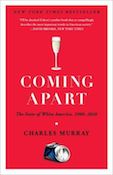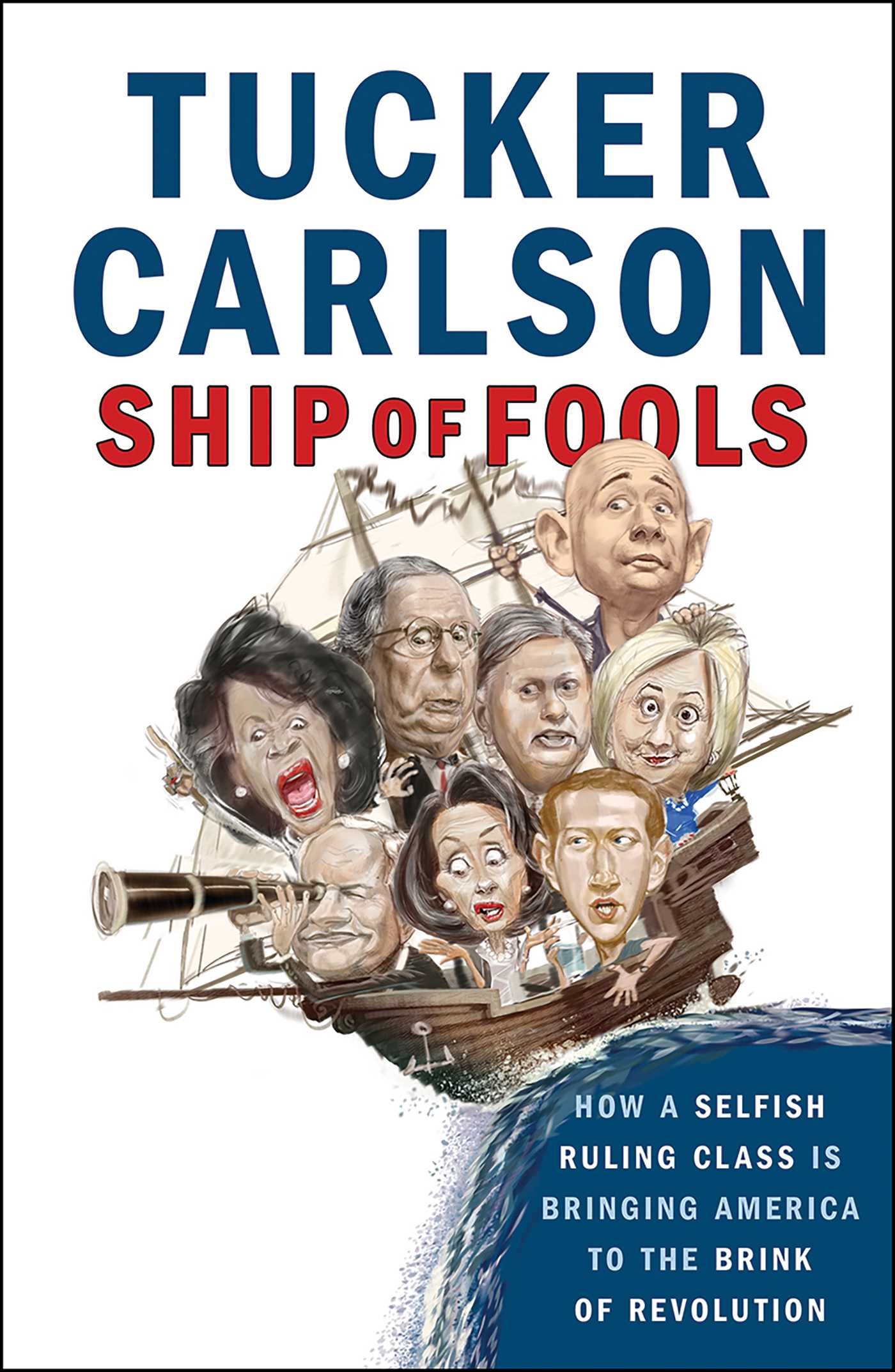The Bell Curve: Intelligence and Class Structure in American Life
It is difficult to think of a recent book that has stirred as much controversy as The Bell Curve by Richard Herrnstein and Charles Murray. Indeed, the mere idea that one can measure intelligence sends many academics into fits. The notion that intellectual capacity may vary from individual to individual leaves them feeling faint, and the authors’ examination of IQ measurements among ethnic and race groups has led to near hysteria.
In fact, The Bell Curve is not the vicious, racist book many have described it to be. Instead it is for the most part a methodical look at the statistical relationships between measures of intelligence and various aspects of life. The authors issue an important qualifier to their analysis, which is repeated often throughout the book, but nonetheless ignored by many critics: “measures of intelligence have reliable statistical relationships with important social phenomena, but they are a limited tool for deciding what to make of any given individual. Repeat it we must, for one of the problems of writing about intelligence is how to remind readers often enough how little an IQ score tells about whether the human being next to you is someone whom you will admire or cherish. This thing we know as IQ is important but not a synonym for human excellence.”
With this caveat in mind, Herrnstein and Murray go on to explore a host of human endeavors and outcomes, and their link to intelligence. They look at educational attainment, occupations, economic success, poverty, unemployment, injuries, welfare dependency, families and parenting, crime, citizenship, and more. Their conclusion regarding most all of these areas is not exactly controversial: on average, smarter individuals perform better and go farther in life.
As noted, The Bell Curve ventures into much more controversial territory when discussing group differences in terms of intelligence measures. They conclude after lengthy analysis that “As far as anyone has been able to determine, IQ scores on a properly administered test mean about the same thing for all ethnic groups. A substantial difference in cognitive ability distributions separates whites from blacks, and a smaller one separates East Asians from whites.” The debate over this and related statements by Herrnstein and Murray will rage for years to come. Herrnstein and Murray make a key qualification most of their critics fail to comprehend, namely that regardless of IQ a “person should not be judged as a member of a group but as an individual.”
Just as disturbing is the authors’ vision of where our society is headed. They see an “increasingly isolated cognitive elite,” a “merging of the cognitive elite with the affluent,” and a “deteriorating quality of life for people at the bottom end of the cognitive ability distribution.” Indeed, they go so far as to declare: “People in the bottom quartile of intelligence are becoming not just increasingly expendable in economic terms; they will sometime in the not-too-distant future become a net drag.” They then describe the coming of what they term the “custodial state”—essentially an expanded welfare state with enhanced police powers. This glum assessment sees a larger but more isolated underclass, inner-city child rearing by the state, greater federal powers over social budgets and controls, and even re-emerged and virulent forms of racism.
The problem with this scenario is the same one that plagued past doom-and-gloom prophecies. The authors seem to be saying that advancements for one set of individuals—in this case those with higher measures of intelligence as the marketplace places greater value on intelligence—necessarily lead to a dismal life for others—those less intelligent. Their argument verges on the left’s apocalyptic vision of capitalism allowing the rich to get richer at the expense of the poor.
In contrast, capitalism always has improved the living conditions of individuals of all abilities. Herrnstein and Murray offer few convincing arguments to the contrary. Free markets present opportunities for all types of individuals—opportunities that most of us were never able to previously envision. Herrnstein and Murray provide no new insights to lead the reader to believe that individuals with less intelligence will be unable to make a good life for themselves in the future.
However, the authors differ from the left’s apocalyptic views in their criticism of the welfare state. They appropriately attack government’s increasing role in the daily lives of individuals. They suggest that the responsibility for a “wide range of social functions” be taken away from centralized government and restored “to the neighborhood,” that the criminal justice system be made “simpler,” and that the government “stop subsidizing births to anyone, rich or poor.”
Herrnstein and Murray tread a thin line when it comes to their custodial-state scenario. They recognize the woes of the welfare state, but seem to be saying that the marketplace will accentuate such woes in the future by allowing the cream of society to rise even further to the top than it has in the past. The possibility that capitalism will enhance opportunity for all segments of society seems to be given little chance by the authors.
A more optimistic view of the future, to which I subscribe, sees a growing recognition of the evils of the welfare state and big, centralized government, along with an enhanced appreciation for the widespread benefits of individuals interacting in a free marketplace. I think that Mr. Murray and the late Mr. Herrnstein hope that this more optimistic view prevails in the end, but their doubts, as described in The Bell Curve run deep.
Book Review from The Freeman, by Raymond J. Keating
Tags: Charles Murray, The Bell Curve: Intelligence and Class Structure in American Life
- The Author

Charles Murray
CHARLES MURRAY is the author of two of the most widely debated and influential social policy books in the last […] More about Charles Murray.
- Books by the Author
Ratings Details




